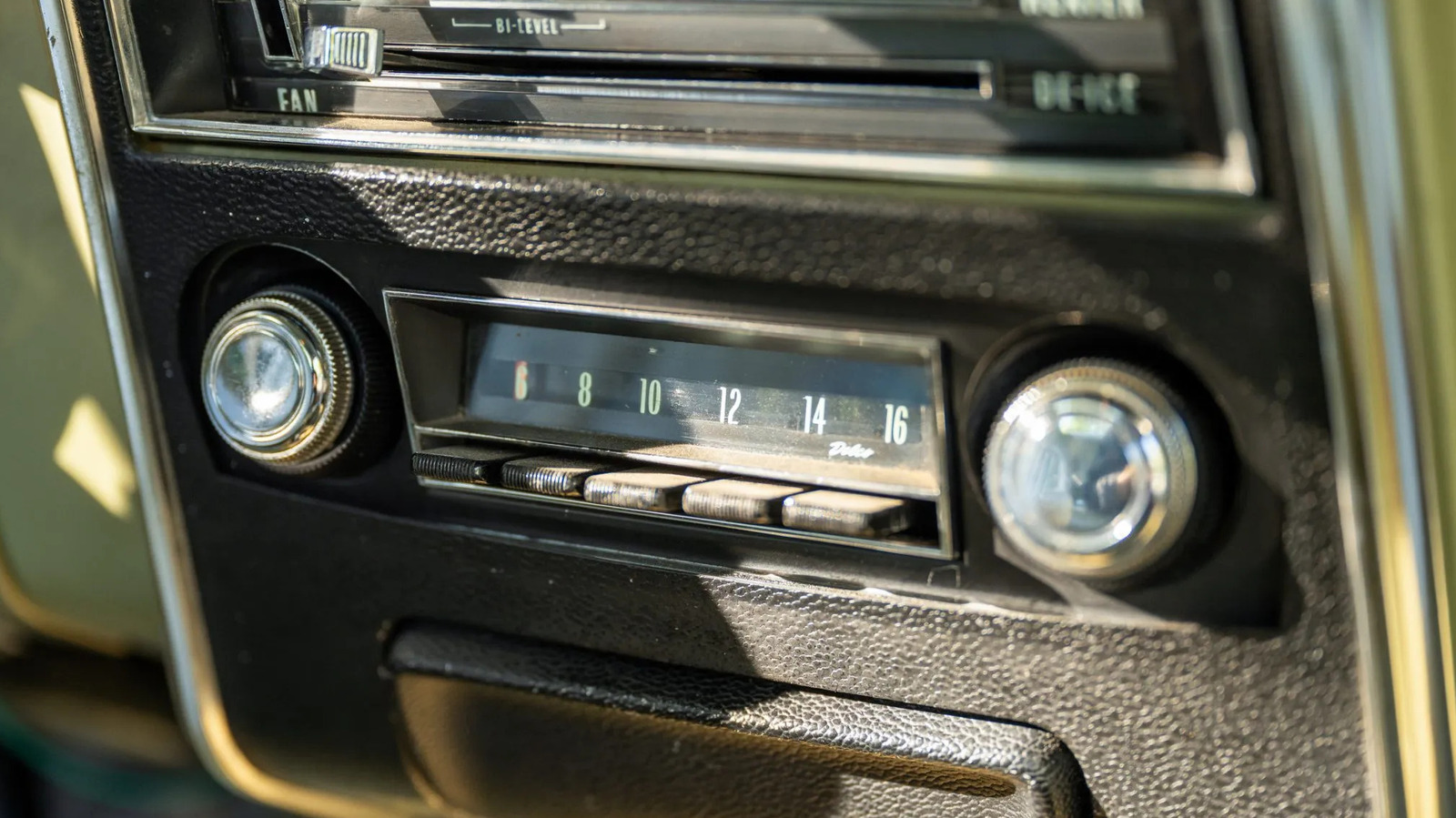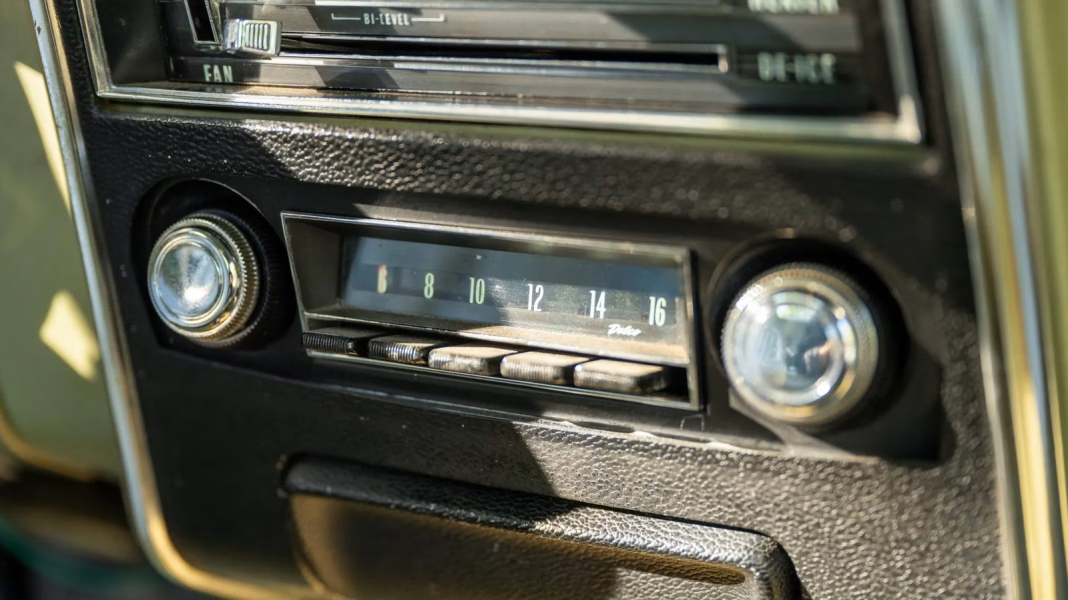Why Did AM Radio Start Disappearing from New Cars?
If you’ve shopped for a new car lately, you might’ve noticed something missing from the dashboard: the humble AM radio. For decades, AM radio was a staple—your go-to for news, weather, and those quirky local talk shows. But as electric vehicles (EVs) and advanced infotainment systems took center stage, automakers quietly started phasing out AM radio. Why? The main culprit is electromagnetic interference. EVs, with their powerful electric motors and complex electronics, generate a lot of electrical noise. That static can drown out AM signals, making the listening experience frustrating at best.
Automakers argued that most drivers now stream music or podcasts, and that FM, satellite, and digital radio options fill the gap. But not everyone agreed. Emergency broadcasters, rural communities, and even some lawmakers pointed out that AM radio remains a lifeline during disasters or when cell towers go down. According to the National Association of Broadcasters, over 82 million Americans still tune in to AM radio each month. That’s not a small crowd to ignore.
What’s Congress Doing to Bring AM Radio Back?
With bipartisan support, Congress stepped in to address the growing concern. Lawmakers passed a bill requiring car manufacturers to keep AM radio in their new vehicles, both gas-powered and electric. The message was clear: AM radio isn’t just nostalgic—it’s a public safety tool. The new law gives automakers six years to figure out how to reduce or eliminate the static that plagues AM reception in EVs.
This isn’t just about holding onto the past. The Federal Emergency Management Agency (FEMA) relies on AM radio to broadcast alerts during hurricanes, wildfires, and other emergencies. In some rural areas, AM is the only signal that reliably cuts through. So, the push isn’t just sentimental—it’s practical.
How Will Carmakers Solve the Static Problem?
Six years might sound like a long time, but in the world of automotive engineering, it’s a tight deadline. Carmakers now face the challenge of shielding sensitive electronics and redesigning antenna systems to prevent interference. Some are experimenting with advanced shielding materials, while others are tweaking software to filter out unwanted noise.
There’s also talk of hybrid solutions. For example, some companies are exploring digital AM radio, which transmits the same content over a more robust, interference-resistant signal. Others are working with chipmakers to develop smarter receivers that can distinguish between static and the actual broadcast. It’s a classic case of old tech meeting new, and the results could benefit more than just AM radio fans.
Why Does AM Radio Still Matter in the Streaming Era?
It’s tempting to think that streaming services have made AM radio obsolete. After all, you can get news, weather, and music on your phone, right? But when disaster strikes and cell networks go down, AM radio often keeps working. That’s why the National Association of Broadcasters and emergency management agencies lobbied so hard for its return.
Plus, AM radio is uniquely local. It’s where you’ll hear about school closings, local elections, and community events. For many older adults and people in rural areas, it’s still the most accessible way to stay informed. According to a 2023 Pew Research Center survey, nearly 15% of Americans say AM radio is their primary source of news during emergencies.
What Does This Mean for Drivers and Car Buyers?
If you’re in the market for a new car, expect to see AM radio sticking around for the foreseeable future. Automakers will be working behind the scenes to make sure the sound quality improves, especially in EVs. For drivers who rely on AM for daily updates or emergency alerts, this is welcome news.
It’s also a win for consumer choice. You’ll still have access to streaming, satellite, and FM—but you won’t lose the option to tune in to your favorite AM station when you need it most. And if you’re a tech enthusiast, keep an eye out for innovations in radio technology. The push to fix AM static could lead to better sound quality and new features across the board.
The Big Takeaway
AM radio’s comeback isn’t about clinging to the past—it’s about making smarter adjustments for the future. Start by tuning in to your local AM station this week. You might be surprised by what you hear, and you’ll be ready the next time you need reliable information—static-free.


